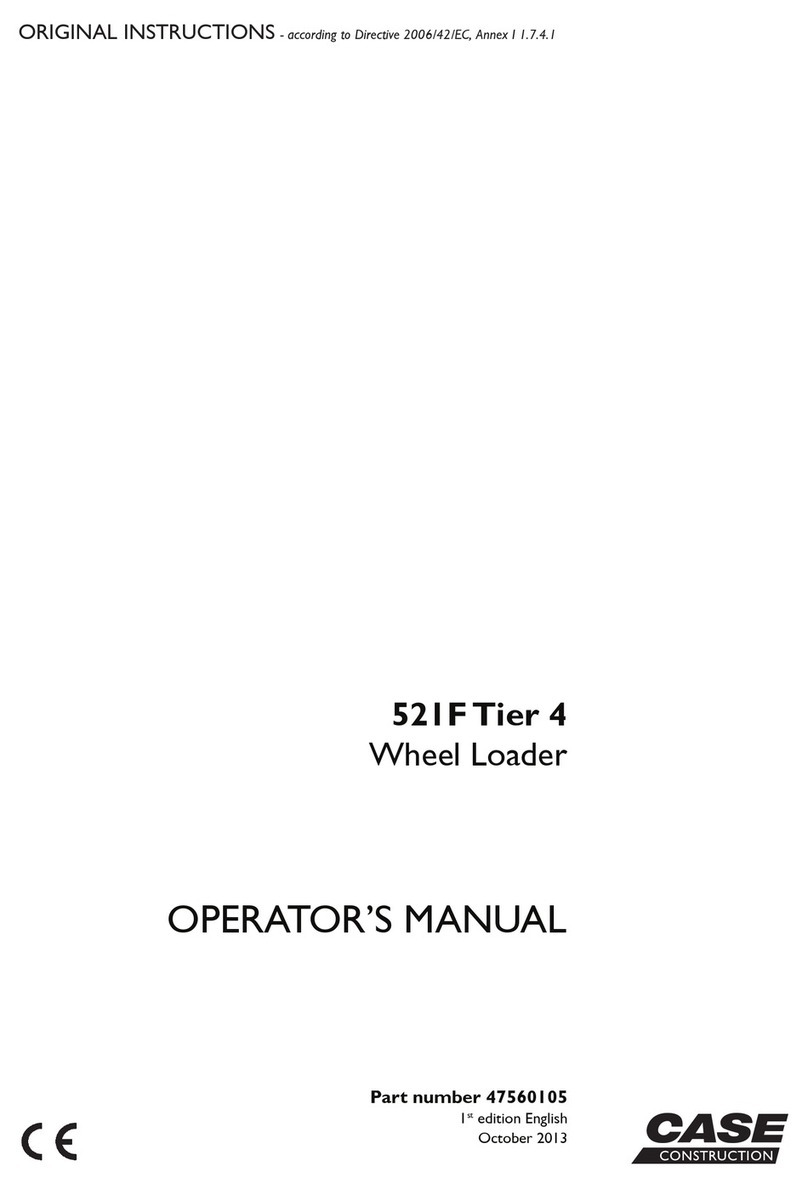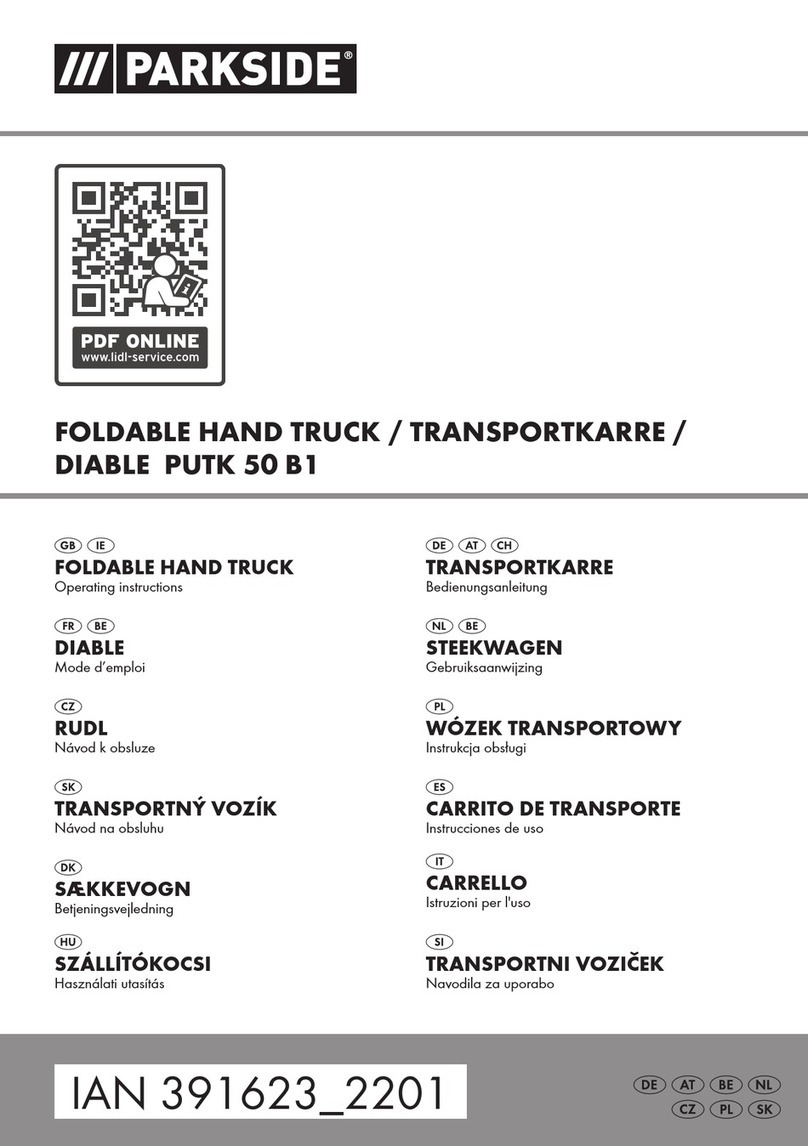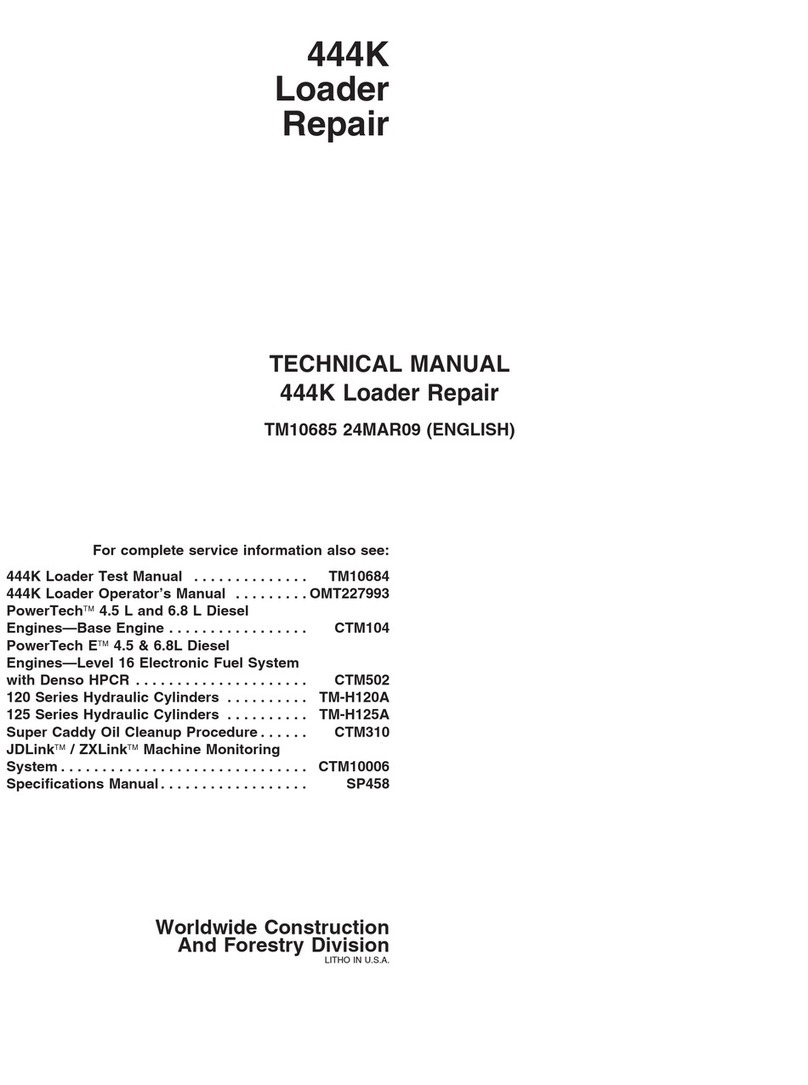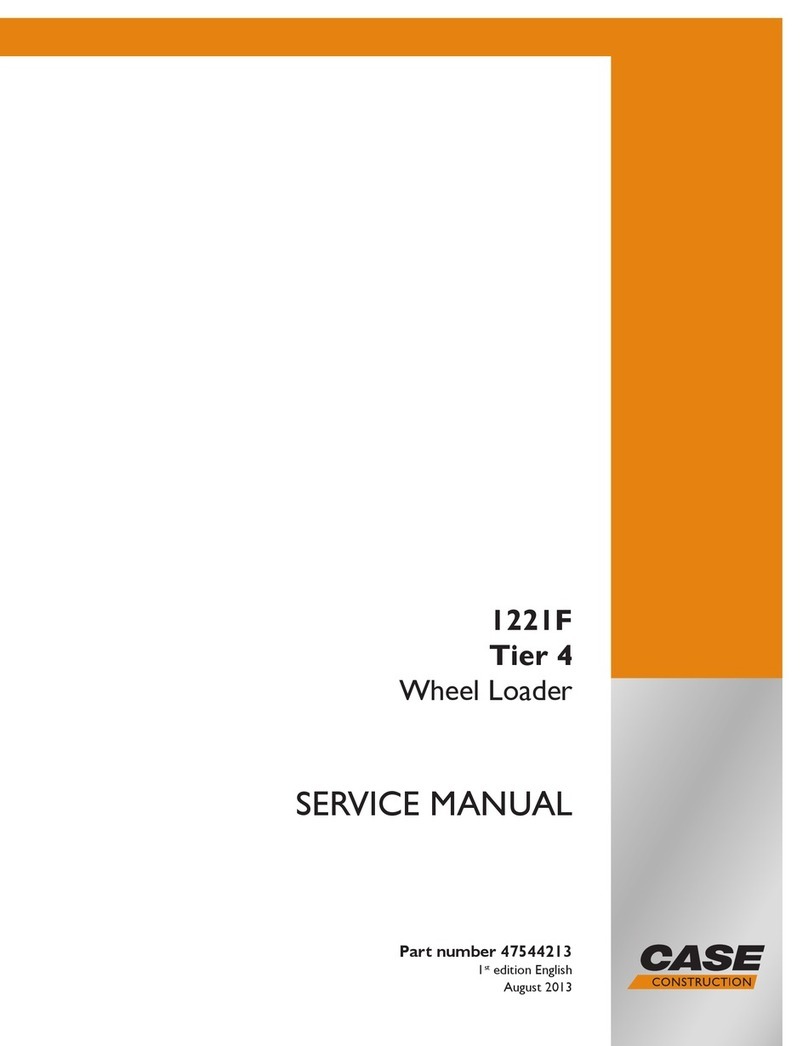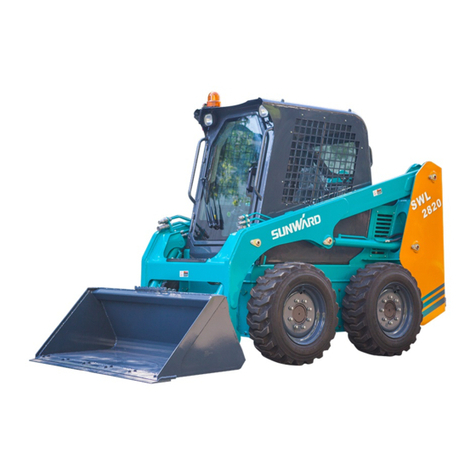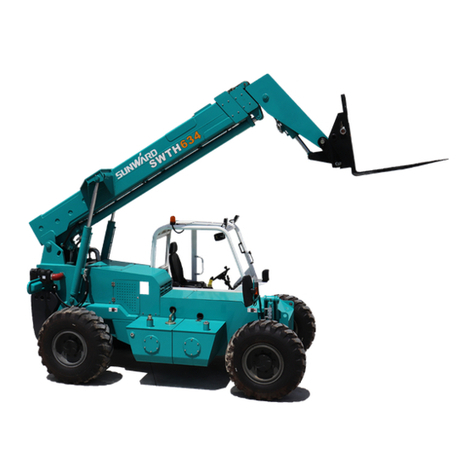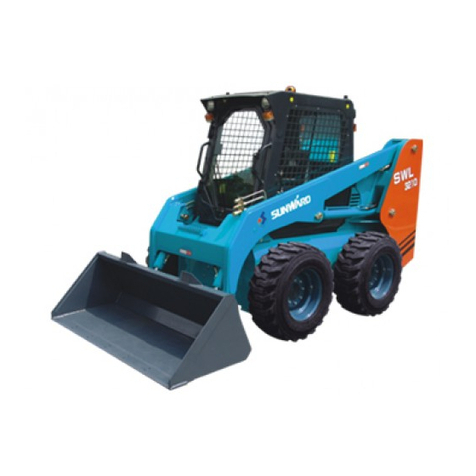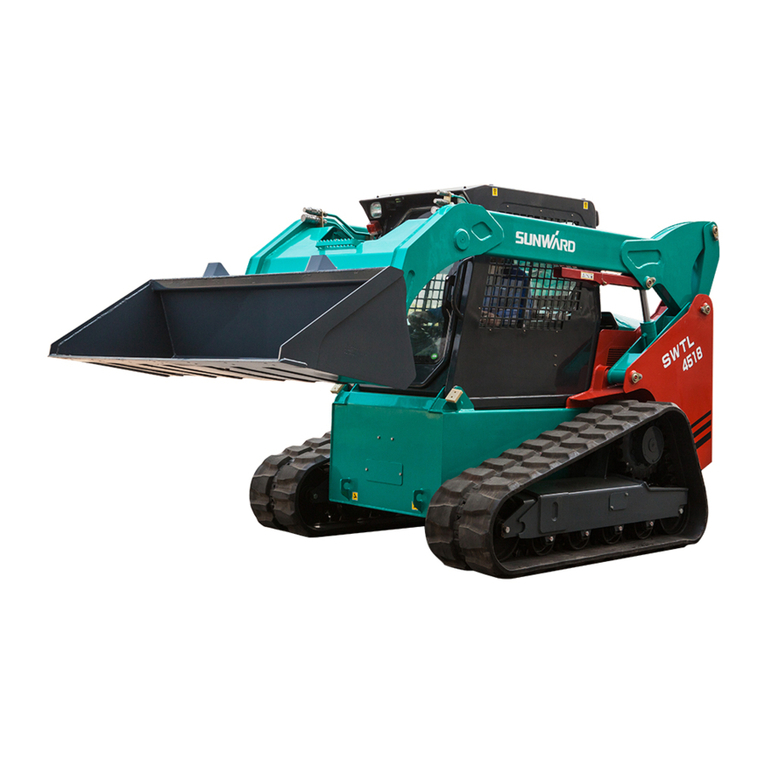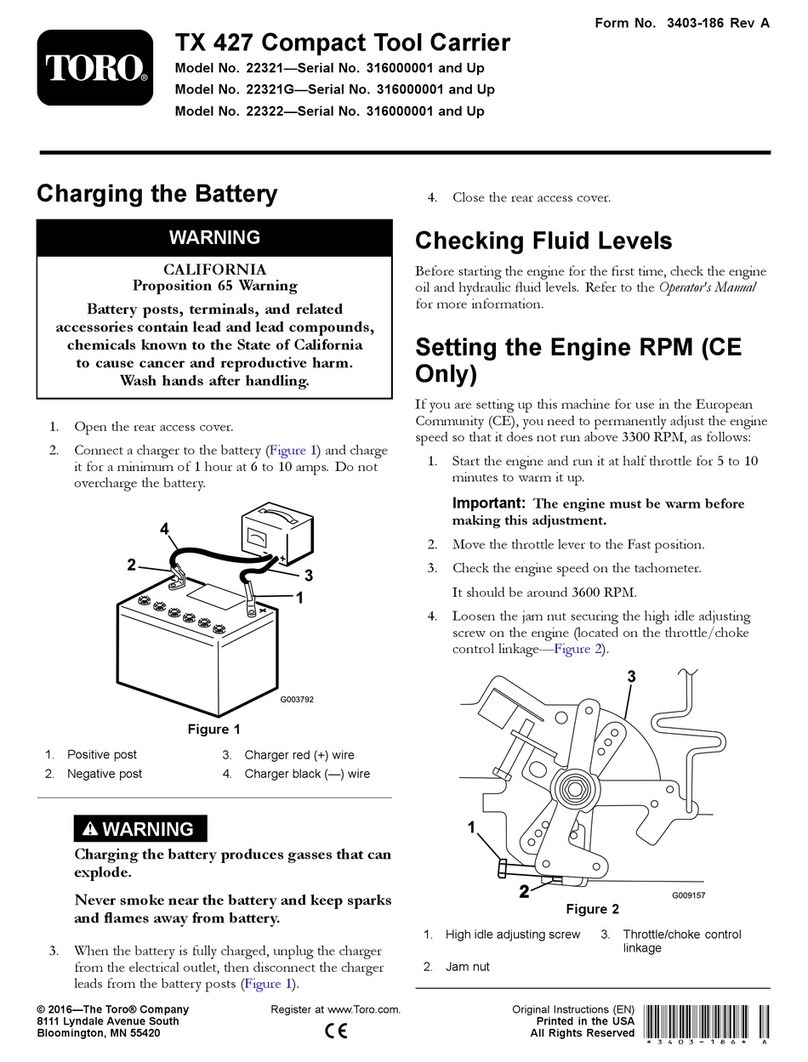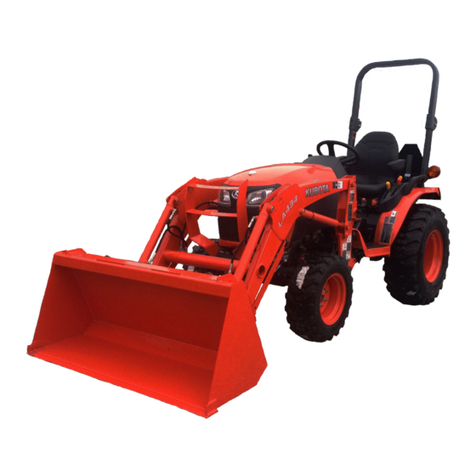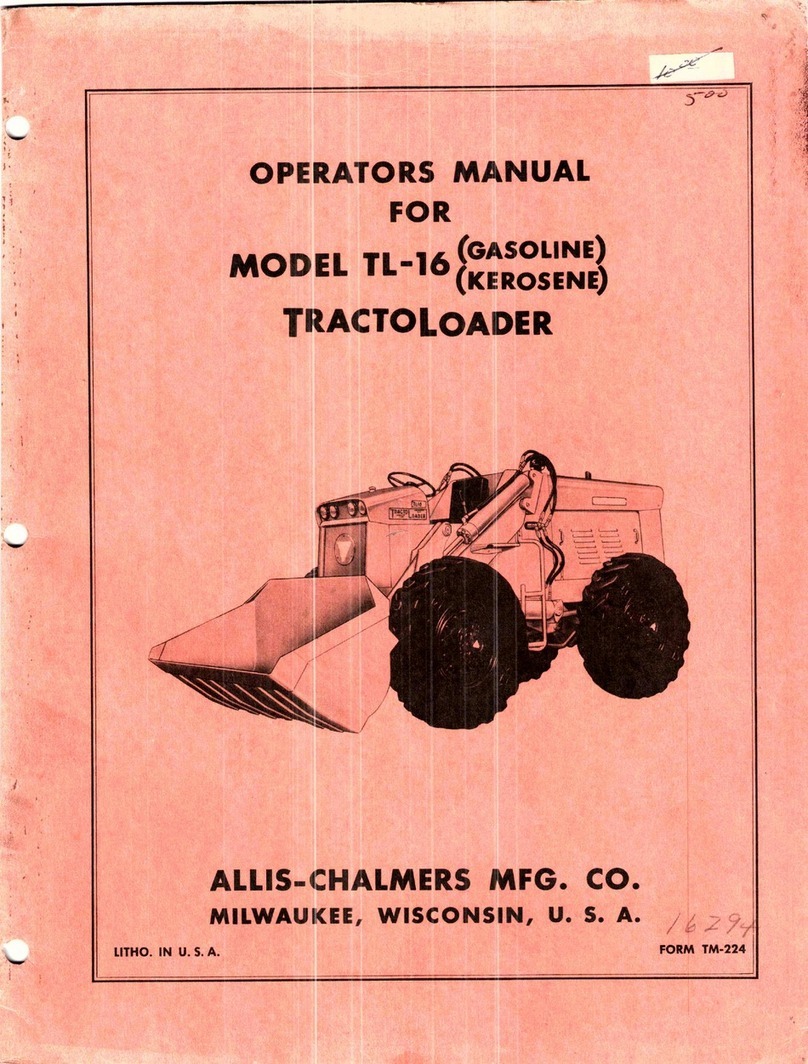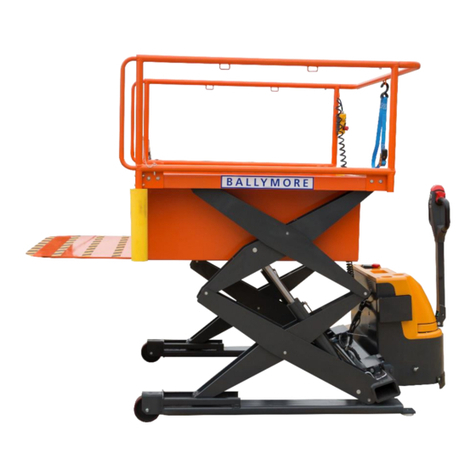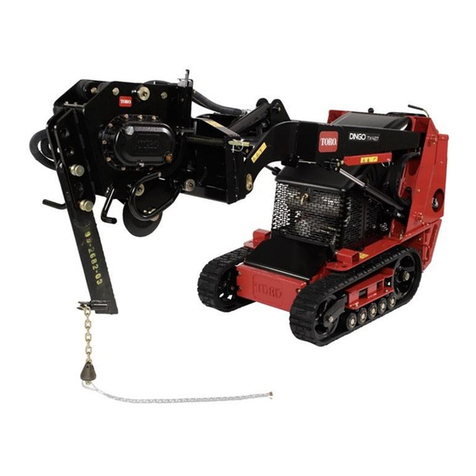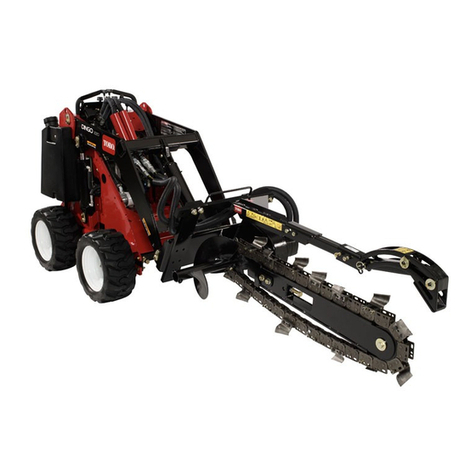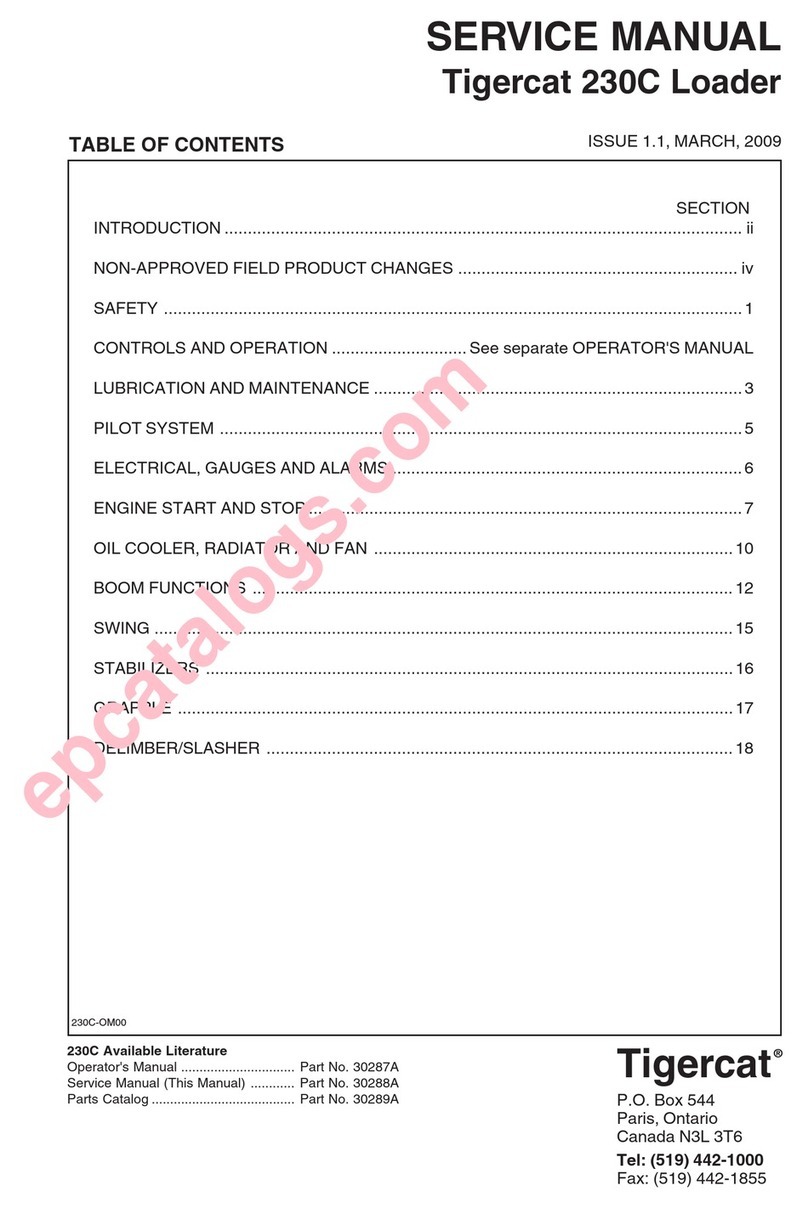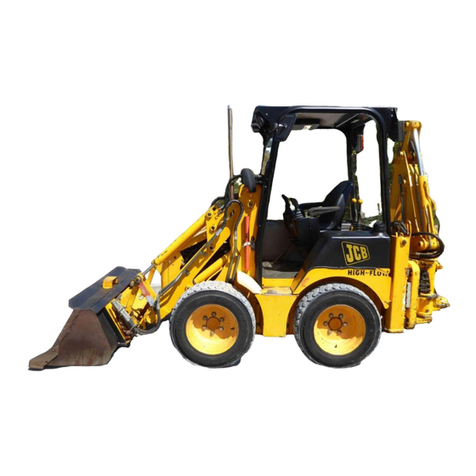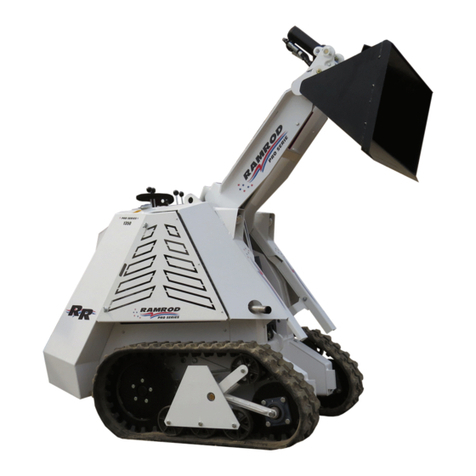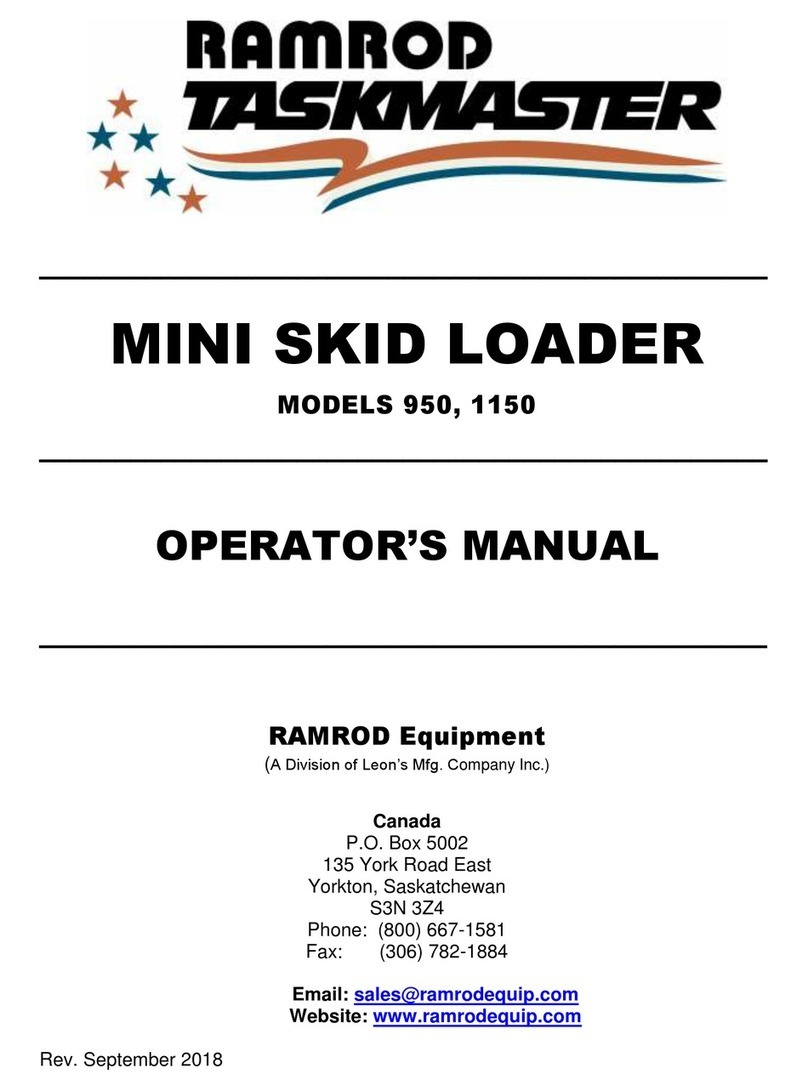
SWL2820 Operator’s Manual
2
3.4.1 RESTRAIN BAR .......................................................................................................................29
3.4.2 BOOM LOCKS..........................................................................................................................30
3.4.3 RETAINER OF AUXILIARY CONTROL PEDAL..................................................................30
3.4.4 ENGINE HOOD LOCK.............................................................................................................30
3.4.5 CABIN OVERTURNING PROTECTION LOCK ....................................................................30
3.4.6 SEAT.......................................................................................................................................... 31
3.5 INSTRUMENTS................................................................................................................................32
3.6 JOYSTICKS.......................................................................................................................................33
3.7 SWITCHES AND BUTTONS........................................................................................................... 34
3.8 CABIN ...............................................................................................................................................36
3.9 REAR WINDOW...............................................................................................................................36
3.10 SEAT BELT.......................................................................................................................................36
3.10.1 FASTEN THE SEAT BELT...................................................................................................37
3.10.2 UNDO THE SEAT BELT ......................................................................................................37
3.11 AUTO-LEVELLING SYSTEM.........................................................................................................37
3.12 FLOATATION SYSTEM..................................................................................................................37
3.13 ELECTRICAL CONTROL BOX................................................................................................................37
3.14 FUSES................................................................................................................................................38
3.15 RELAYS............................................................................................................................................39
3.16 DOCUMENTS CASE........................................................................................................................39
3.17 ENGINE HOOD.................................................................................................................................40
3.18 REAR COVER..................................................................................................................................40
3.19 BATTERY .........................................................................................................................................40
4 OPERATION OF THE MACHINE ..........................................................................................................41
4.1 RUNNING-IN....................................................................................................................................41
4.2 CHECKS BEFORE OPERATION.....................................................................................................41
4.3 STARTING THE ENGINE................................................................................................................41
4.3.1 NORMAL STARTING..............................................................................................................42
4.3.2 STARTING THE ENGINE IN COLD WEATHER ..................................................................42
4.4 WARM UP THE ENGINE AND THE HYDRAULIC SYSTEM......................................................42
4.5 STOPPING THE ENGINE ................................................................................................................43
4.6 MACHINE MOVEMENT .................................................................................................................43
4.7 OPERATION OF WORKING EQUIPMENTS.................................................................................46
4.8 LOADING..........................................................................................................................................47
4.8.1 LOADING ON LEVEL FLOOR................................................................................................47
4.8.2 LOADING ON SLOPES............................................................................................................47
4.9 DIGGING...........................................................................................................................................48
4.10 LEVELLING UP................................................................................................................................48
4.11 PARKING THE MACHINE..............................................................................................................49
4.12 ACCELERATION.............................................................................................................................50
4.13 TRANSPORTING THE MACHINE ON OTHER VEHICLES.........................................................50
4.13.1 LOADING THE MACHINE......................................................................................................50
4.13.2 SECURING THE MACHINE.................................................................................................... 51
4.13.3 UNLOADING THE MACHINE................................................................................................51
4.14 LIFTING THE MACHINE ................................................................................................................51
4.15 USE OF THE QUICK COUPLER .....................................................................................................52
4.15.1 HITCH THE BUCKET ..............................................................................................................53
4.15.2 UNHITCH THE BUCKET.........................................................................................................53
4.15.3 AJUST THE QUICK COUPLER MECHANISM .....................................................................54
4.16 USE OF AUXILIARY PEDAL.........................................................................................................54
4.17 HIGH FLOW SYSTEM.....................................................................................................................55
4.18 MAXIMUM IMMERSION IN AFLUID ..........................................................................................55
4.19 MOVE THE MACHINE WITH TOWING HOOK...........................................................................55
4.20 STARTING THE MACHINE WITH BOOSTER CABLES..............................................................55
4.21 LONG-TERM STORAGE.................................................................................................................56
4.21.1 BEFORE LONG-TERM STORAGE.........................................................................................56
4.21.2 DURING THE PERIOD OF INACTIVITY ..............................................................................56
4.21.3 AFTER THE PERIOD OF INACTIVITY .................................................................................57
5 MAINTENANCE......................................................................................................................................58
